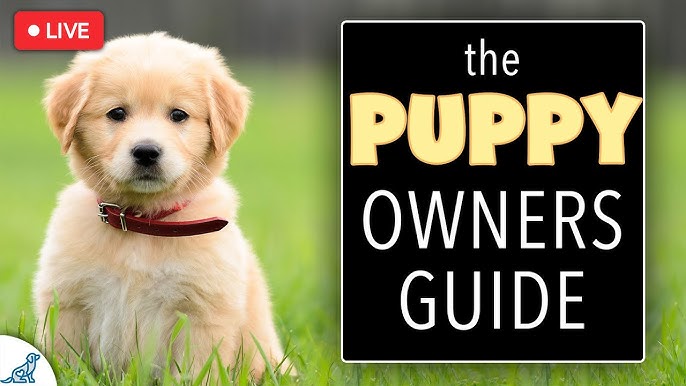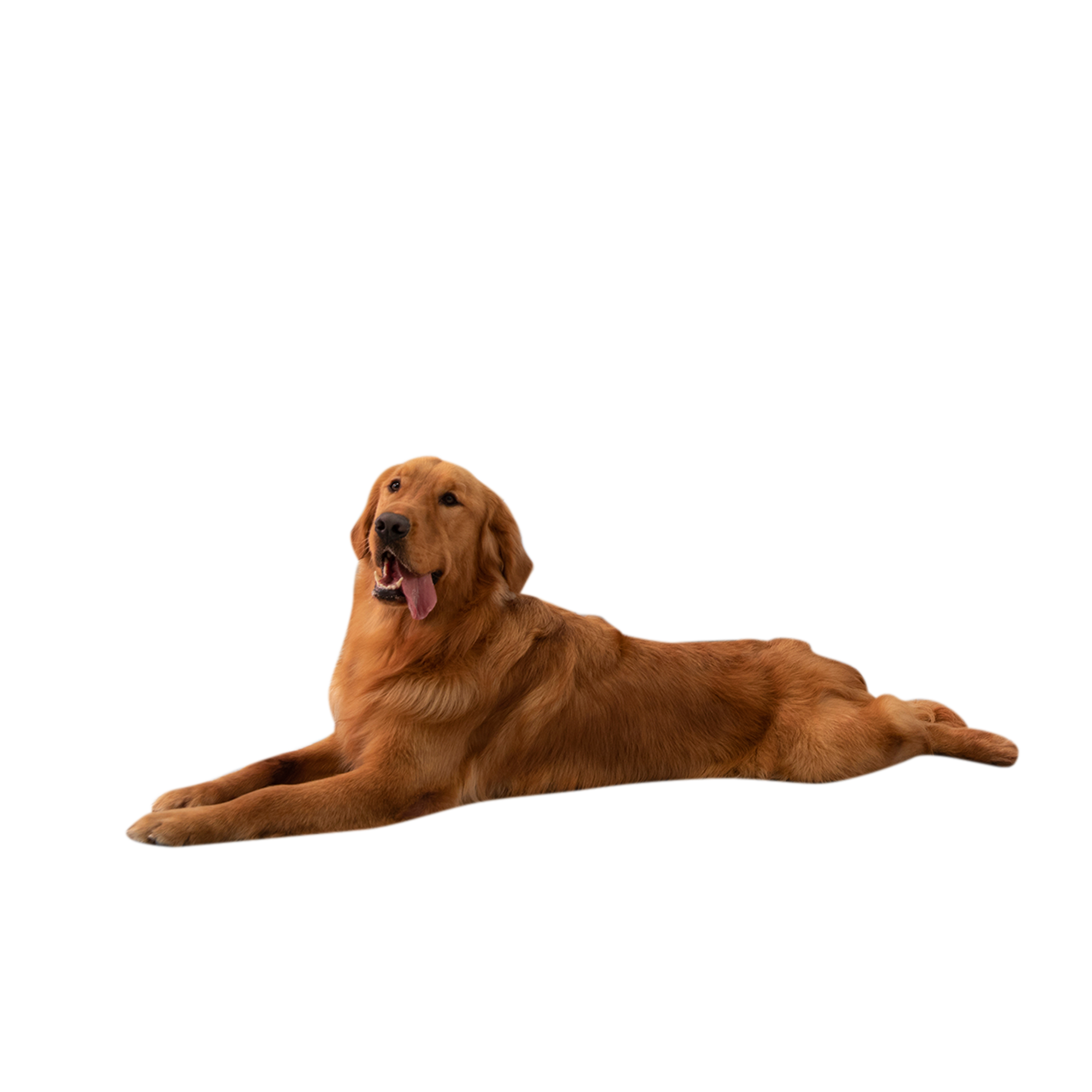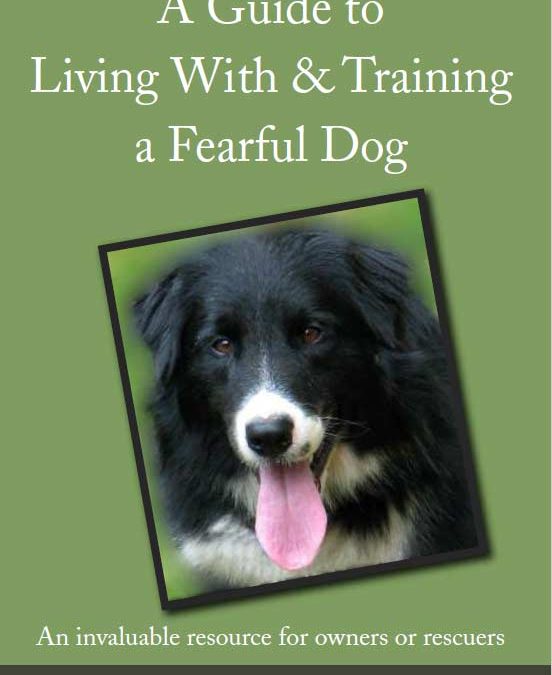Managing an aggressive dog requires establishing clear leadership and providing consistent training. Seek professional help to address the behavior safely and effectively.
Dealing with an aggressive dog can pose a substantial challenge for any pet owner. It involves understanding the triggers that lead to your dog’s reactive actions and applying targeted strategies to modify their behavior. Consistency is key in both training and daily routines, helping to establish boundaries and communicate your leadership effectively.
Training should be firm yet compassionate, with an emphasis on positive reinforcement rather than punishment. Safety is paramount, thus employing safety measures like muzzles or gates when necessary is advisable. Always remember that aggression can stem from various factors such as fear, anxiety, or a lack of socialization, meaning that patience and a tailored approach to your dog’s specific needs are crucial in curbing aggressive behavior.
The Challenges Of An Aggressive Canine
Recognizing aggression in dogs is crucial for a peaceful home. Signs include growling, snapping, and unwarranted biting. These actions may trigger fear and stress among family members. Owners must understand and address these behaviors.
Aggressive behaviors disrupt daily routines. Simple walks turn into tense endeavors. Visitors might face risky greetings. Constant vigilance becomes the norm. This tension strains the bond between pet and owner. Training and management are key to restoring harmony.

Credit: www.koin.com
Safety First: Preventing Harmful Incidents
Managing an aggressive dog requires careful steps to ensure safety for all. A secure environment minimizes the risks of unexpected outbursts. Fences and gates should be strong and tall enough to prevent escapes.
Muzzles can be a crucial tool, especially during walks or vet visits. It’s vital to choose a comfortable muzzle that allows for breathing and drinking. Constant supervision is necessary when the dog is muzzled. Use restraints wisely to prevent anxiety and stress which might worsen aggression.
Regular training with these tools helps your dog get used to them. This makes both your lives easier. Patience and consistent effort are key. Always prioritize the well-being of your dog and those around it. Seek professional help if needed to ensure a harmonious environment at home.
Behavioral Training Techniques
Training an aggressive dog requires patience and consistency. Positive reinforcement is a key technique. It means giving your dog a treat or praise for good behavior. This helps your dog learn what actions are good.
Using professional training programs can also be very useful. Trained experts know how to handle aggressive dogs. They use special methods to teach your dog to behave better. Dogs can learn to follow commands and stay calm around other pets and people.
Understanding Triggers And Thresholds
Recognizing aggression cues is pivotal for a pet owner. Aggressive dogs often show warning signs before a reaction. These include growling, staring, and stiffening of the body. Early identification helps in preventing potential incidents. Training yourself to notice these cues can save you and others from harm. It’s essential to seek professional help if your dog’s aggression escalates.
Managing stimulus exposure means controlling what causes your dog’s aggression. It might be people, other animals, or certain situations. Introduce new experiences slowly and always within your dog’s comfort zone. Use positive reinforcement to reward calm behavior. Limits and boundaries are your friends. They teach your dog to trust you and feel safe in their environment.
The Role Of Exercise And Stimulation
Exercise is key for aggressive dogs. A steady routine calms their mind. It helps them use energy in a good way. Every day, dogs need time to run and play. This makes them happy and less stressed. Playing games like fetch is good for them. It also makes the bond with their owner stronger.
Mental enrichment is just as crucial. It challenges their brain. Activities like treat puzzles engage them. This can prevent bad behaviors. Dogs need both body and mind workouts. Training tricks or obedience skills is great. Keep your dog’s mind sharp. It will make living with them easier and safer.

Credit: m.youtube.com
Health Check-ups: Uncovering Medical Issues
Regular health checks are crucial for aggressive dogs. A vet spots hidden medical problems. Medical issues often lead to aggression. Spotting these issues can ease aggressive behavior.
Dog owners must observe their pets closely. Sudden changes in behavior signal health problems. Early detection is vital. It can lead to better treatments. Dogs need consistent veterinary care.
Communication With Others
Living with an aggressive dog requires clear communication strategies. It’s crucial to keep others safe around your pet. Before visitors arrive, inform them about your dog’s behavior.
Setting clear expectations helps manage interactions. Consider a safe space for your dog during visits. This prevents unwanted encounters. Be honest with neighbors about the risks. Open conversations can foster understanding and cooperation.
In public spaces, remain vigilant and in control of your dog. Use a sturdy leash and avoid crowded areas as necessary. This minimizes stress for your dog and others.
Maintain awareness at all times. If an incident occurs, act swiftly to remove your dog from the situation. Always prioritize safety.
Long-term Commitment To Change
Living with an aggressive dog requires a firm, yet compassionate approach. Setting realistic goals is crucial for gradual improvement. It’s not an overnight fix; both patience and persistence are key. Owners should establish milestones that are attainable, celebrating small victories along the journey.
The emotional toll on owners can be significant. Acknowledging the stress and seeking support is important. Stress can impact decision-making and the overall well-being of both the owner and the pet. Owners must care for themselves to effectively manage their dog’s behavior. Remember, a calm and healthy mind fosters a positive environment for change.
Frequently Asked Questions
How Do You Live With An Aggressive Dog?
Consult with a professional dog trainer to address aggression. Ensure your dog gets regular exercise to reduce excess energy. Establish and maintain clear, consistent rules and boundaries. Use positive reinforcement to encourage good behavior. Always supervise interactions with others to prevent any incidents.
How Do You Stop A Dog From Being Aggressive Towards Humans?
Consult a professional dog trainer or behaviorist. Establish a consistent routine and rules for your dog. Socialize your dog gradually and calmly. Use positive reinforcement for good behavior. Avoid punishment, as it may increase aggression.
How Do You Get An Aggressive Dog To Trust You?
Approach an aggressive dog calmly and with patience, offering treats to build trust. Avoid direct eye contact and make yourself small by sitting or crouching. Speak in a soothing tone and allow the dog to come to you, respecting its space and pace for comfort.
How Do You Train A Dog Not To Bite You?
Begin with teaching bite inhibition during play. Redirect biting to chew toys. Use positive reinforcement when the dog doesn’t bite. Consistently discourage biting with a firm “no. ” Seek professional training if biting persists.
Conclusion
Navigating life with an aggressive dog can be challenging. Yet, with consistent training and the right support, harmony is possible. Remember to stay calm, show leadership, and seek professional guidance. By implementing these strategies, a peaceful coexistence awaits. Embrace the journey to a happier, safer home for all.

Hello, I’m Ethan Mitchell. My passion is dog training and behavior enthusiasts. With years of experience working with various breeds, my goal at Dog Advisor Pro is to help dog owners build strong, loving relationships with their furry friends through effective training techniques. Understanding a dog’s behavior is the key to harmonious companionship. I am dedicated to sharing practical training tips that improve the lives of dogs and their owners.


